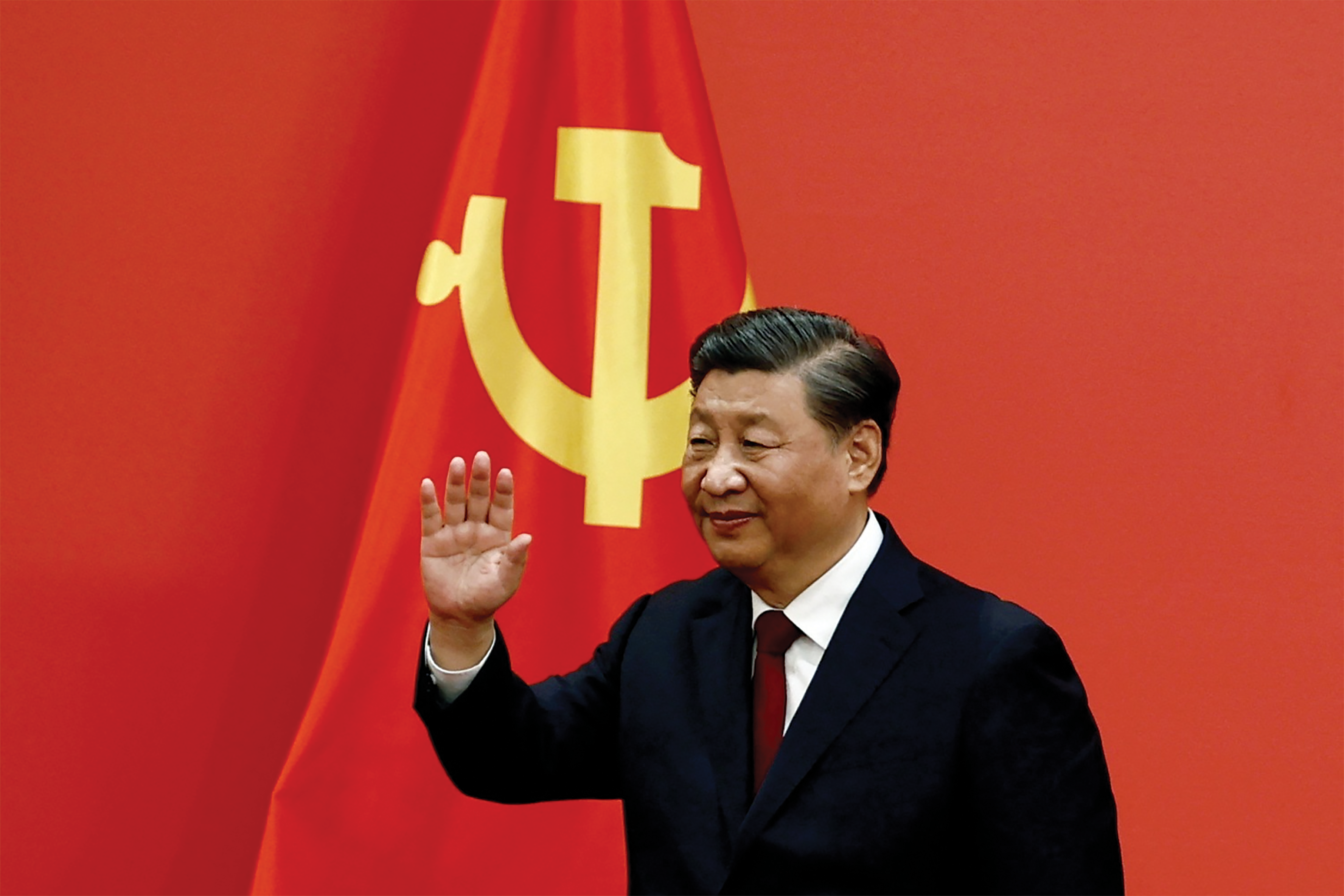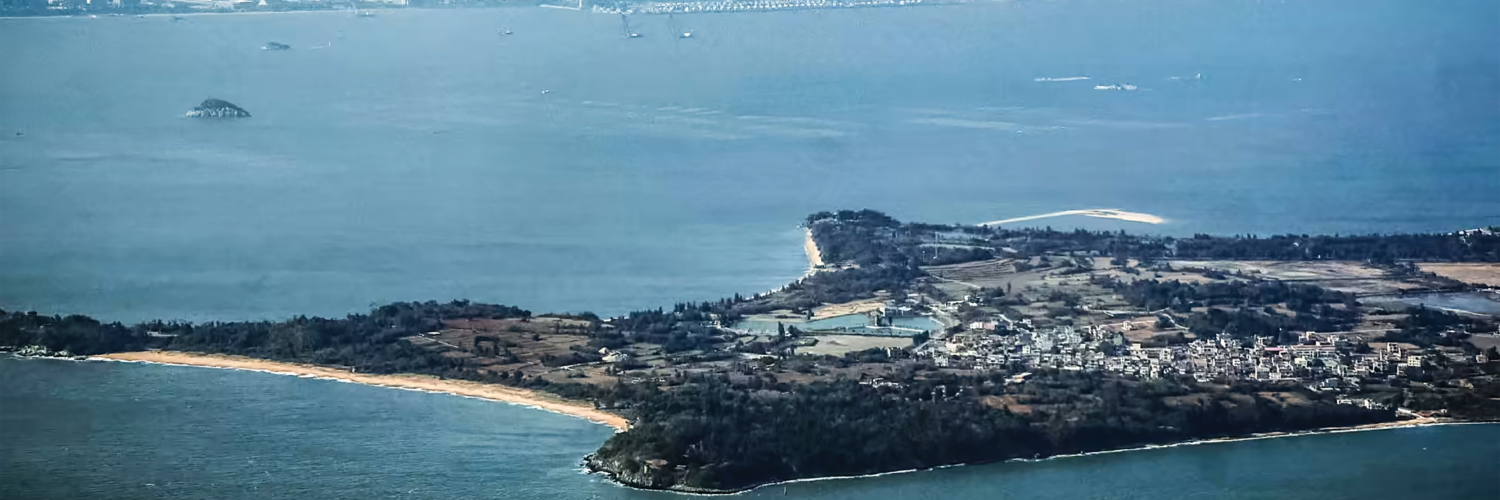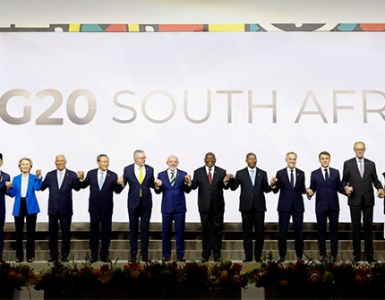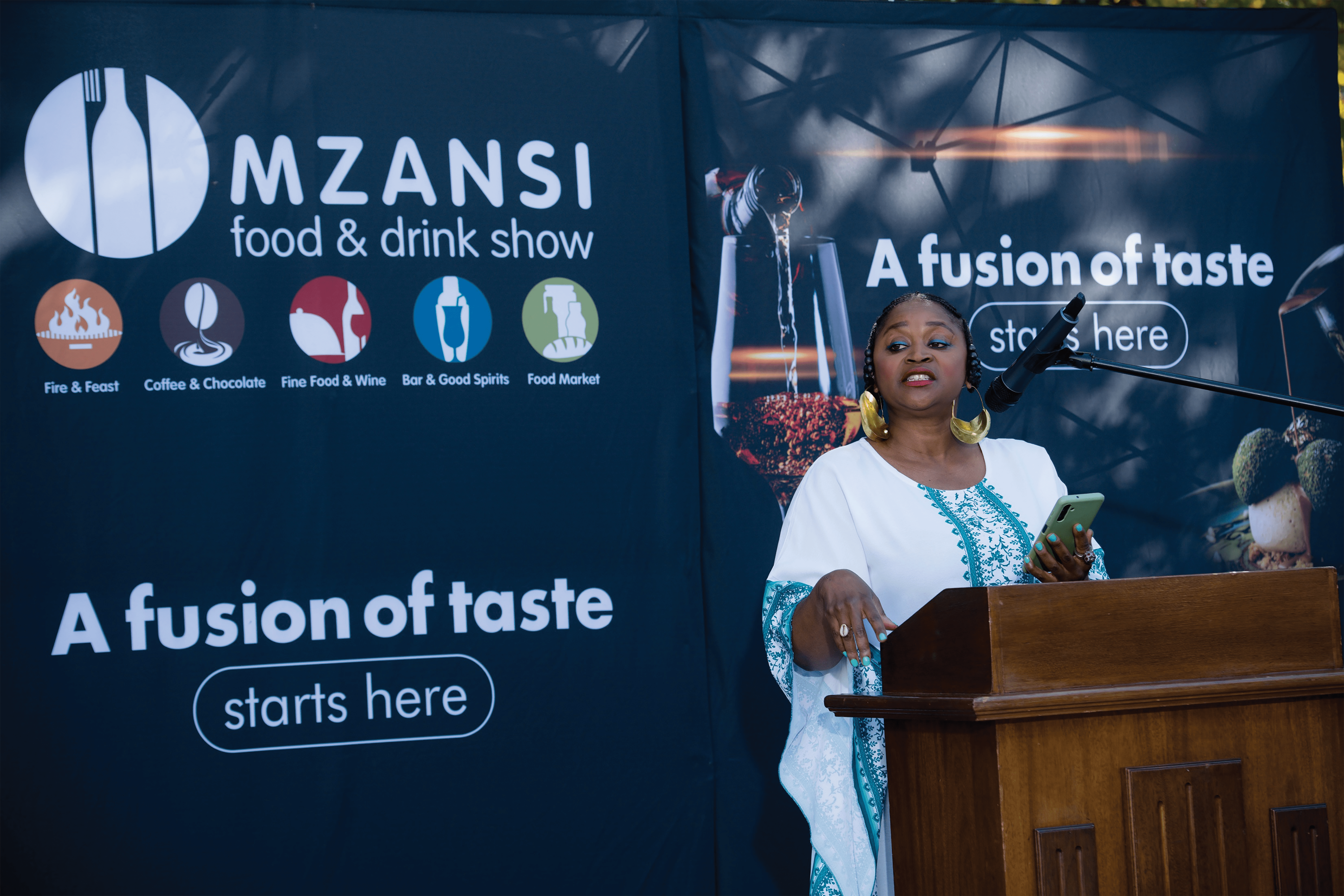CHINA UP CLOSE: For 17 years, Xi closely watched Taiwan-governed islets…
By Katsuji Nakazawa
In 1985, a 32-year-old Xi Jinping was assigned to the city of Xiamen, in China’s Fujian province, to become the young vice mayor. He ended up working as a senior official in Fujian for nearly 17 years, eventually climbing to the province’s governor, before moving to Zhejiang province as the top official there in 2002.
It was during his time in Xiamen that Xi married star singer Peng Liyuan. Now China’s president and Chinese Communist Party general secretary, the top leader of the world’s second largest economy, the roots of Xi’s political career lie in Fujian. Sitting a few kilometres off the coast of Xiamen are the Kinmen Islands. While just a stone’s throw away from mainland China, the islands are governed by Taiwan, some 200 km away. The islands, from that precarious perch, have had a significant impact on Xi.
Since Xi’s time in Fujian, two massive propaganda slogans have faced each other across the narrow body of water. On the Xiamen side lies a set of massive, red Chinese characters that read, “One Country Two Systems Unite China,” in line with a formula advocated by former paramount Chinese leader Deng Xiaoping.
Meanwhile, on the small island of Dadan, one of the Kinmen islets, is a white signboard that calls for “Chinese unification” under “the Three Principles of the People” as advocated by Sun Yat-sen, a Chinese revolutionary often referred to as the “father of modern China.” The Three Principles of the People are nationalism, democracy and people’s livelihood. As the isles’ geography might suggest, life on the Kinmen Islands can be tense. On Sept. 1, 2022, Taiwan’s military announced it shot down a civilian camera drone that had entered its airspace near the group of islets.
The drone is believed to have come from China, and similar incursions into Taiwan’s airspace by unidentified drones continued after that. While the drones are relatively new, battles go back decades. In 1949, the Battle of Kinmen was fought over Kinmen during the Chinese Civil War. In 1958, some 480,000 artillery shells were fired at the island from Fujian, in what is known as the Second Taiwan Strait Crisis.
China’s shelling of the island continued intermittently until 1978, and now Kinmen County is famous for its production of “Kinmen knives,” kitchen cutlery made of an abundant but not so natural resource — retrieved Chinese artillery shells.
An elderly woman who has lived on Kinmen Island since she was born in the 1950s has related harrowing tales to her children and grandchildren about surviving the fierce artillery shelling.
She recalls being scared at night, when loud explosions of the artillery shells being fired from China would fill her ears. For people of Xi’s generation, memories of the battles between China and Taiwan are still vivid.

The coast of Kinmen still has a number of defensive measures to stop Chinese troops from landing on the island. (Photo by Katsuji Nakazawa)
Strong iron barricades set up to prevent Chinese ships from landing on a sandy beach still remain on Kinmen. An array of old tanks still line the coastline. Meanwhile, across the water stand the highrises of Xiamen. On Kinmen’s beaches, one can experience both the military battles of decades ago as well as the subsequent peace.
But what was the island like in 1985, when the 32-year-old Xi arrived in Xiamen to assume the post of vice mayor? China’s artillery shelling of the island had only ended seven years earlier. And China was only six years removed from fighting a war with Vietnam.
The shelling of Kinmen Island stopped amid a massive sea change in global politics. China formally established diplomatic relations with the U.S. to reject Soviet hegemony. And Deng introduced his “reform and opening-up” policy to revive a Chinese economy that was left in tatters by the 1966-1976 Cultural Revolution. An old tank once used to defend Kinmen Island is now displayed on a beach facing Xiamen. (Photo by Katsuji Nakazawa)
Yet, Xiamen remained mired in the doldrums into the 1980s. The biggest challenge facing senior city officials, including then Vice Mayor Xi, was to boost the local economy. It is not difficult to imagine Xi thinking seriously about economic and trade relations with Taiwan on a daily basis while looking east at Kinmen Island. Taiwan was already hurtling toward remarkable economic development at the time. In 1999, immediately after being promoted to Fujian acting governor, Xi said Taiwanese companies’ legitimate interests would be guaranteed. He was speaking at a meeting with officials from Taiwanese companies investing in the province.
In an interview with Nikkei in Fujian in September 1999, Xi gave the impression that he was paying particularly close attention to the protection of investments by “Taishang,” Taiwanese doing business in mainland China.
Lee Teng-hui, Taiwan’s president at the time, was advocating his “two states” theory, describing cross-strait ties as “special state-to-state relations” and drawing a strong backlash from Beijing.
China criticized Lee for moving toward Taiwanese independence and took a stance that it would not hesitate to take military action against Taiwan. Xi too criticized Lee’s remarks, but the future Chinese leader understood the importance of economic relations with Taiwan. At the time, Taiwanese investments in China had become a pillar of Fujian’s economy. The provincial government was desperately trying to prevent Taiwanese companies from reducing or withdrawing their investments due to the added tension in cross-strait relations.
The words “mini-three links” — meaning linkage through transportation, trade and communication — are displayed at the airport on Kinmen Island. (Photo by Katsuji Nakazawa) There was flexibility on the part of Xi and other senior Chinese officials. One of Xi’s responsibilities was to attract big Taiwanese companies to Xiamen.
After entering the 21st century, links between China and Taiwan in transportation, trade and communication started to function. For China, Kinmen Island became an important gateway to Taiwan. Short voyages from Xiamen and Quanzhou in Fujian to Kinmen Island also became popular.
Lately, however, the movement of people between Kinmen Island and Xiamen has dried up as a result of COVID-19 and the visit of U.S. House Speaker Nancy Pelosi to Taiwan last summer.
The owner of a bed-and-breakfast near Shuitou Port on Kinmen Island, said half of her guests used to come from mainland China. Now they all come from Taipei and Taichung, on the main island of Taiwan. Her B&B remains busy thanks to Taiwan’s domestic travel boom and the summer holidays. “As you can see,” she said, “we are full.”
Since the Chinese New Year in February, China has since resumed a shipping route from Kinmen Island to Fujian. The main objective has been to attract investments from Taiwanese business owners to boost China’s stagnant economy. A liner from Xiamen arrives at the port of Kinmen Island. Restaurants and inns on the island report fewer mainland visitors these days. (Photo by Katsuji Nakazawa)
Yet it is not clear if economic engagement is still the central element of Xi’s Taiwan playbook.
On July 1, the Chinese Communist Party marked the 102nd anniversary of its establishment. Party-led political campaigns have been held across China to coincide with the anniversary. The party has been pursuing Taiwan unification since the People’s Republic of China was founded in 1949. And now in Xi’s era, China has declared again that it will never renounce the use of force to achieve the goal.
Does Xi continue to have the flexibility that he had during his Fujian days? Or, now that he has great power in his hands, will he rush to realize Taiwan unification, even if by the use of force?
The answer will significantly impact the future of not only the Indo-Pacific region but also the entire world, politically and economically. It is impossible to know where Xi’s mind is really at.
But it may become possible to know part of what Xi is thinking when a new Taiwanese leader takes office, succeeding President Tsai Ing-wen of the Democratic Progressive Party, after an election coming up in January.
- Katsuji Nakazawa is a Tokyo-based senior staff and editorial writer at Nikkei. He spent seven years in China as a correspondent and later as China bureau chief. Article sourced first published in Nikkei Asia
Comment
SAVE THE CHILDREN
Loud clarion calls have been made – and still today – about the growing scourge of human trafficking, especially its most brutal aspect – children kidnapped for the depraved profiteering motives of rings perpetrating this crime against humanity with impunity. Yey, none of the desperate pleas have so far succeeded to awaken the world to this toxic worm that is slowly eating into the fibre of humanity unheeded.
Nonetheless, these rings nonchalantly perpetrate this global crime every minute – right under the noses of governments which sit on astronomically fiscal budgets that prioritise resources, not to combat the insidious world malaise, but towards military agendas that make this world unsafe for the very children they ought to protect.
The International Labour Organization reports that human trafficking is a worldwide R2-trillion-a-year industry worldwide, enslaving around 21 million people in the modern world.
According to the non-governmental agency World’s Children, 27 percent of trafficking victims are children – a majority of whom are involved in forced labour, entrapping more than 10 million adults and nearly four million children.
Worse, children are four times more likely to be trafficked for labour rather than sex, according to the agency, adding 66 percent of child trafficking victims are girls; and 99 percent abducted for sexual exploitation are women and girls.
Indeed, these statistics are a source of deep concern, showing that global communities are not winning the war against the traffickers – leaving millions of children vulnerable to the crime.
That said, could a new anti-trafficking movie Sounds of Freedom – based on a true story – succeed where governments have failed – in energising a flagging global movement into collective action against the scourge? Opening to a frenetic box-office in the US this week (1,5 million tickets sold in three days), this movie has injected new hope for the creation of world movement to, not only heighten awareness around this large-scale menace, but give impetus to the current, almost limp-wristed, anti-human trafficking efforts. For his part, Sounds of Freedom filmmaker and actor Eduardo Verástegui is truly breathing fresh air into these efforts, and in one of the ways by using his influence to sound the alarm in Hollywood with the new movie.
The film that exposes the darkness of child trafficking. It is centred on the real-life anti-human trafficking hero, Tim Ballard, a former federal agent who embarks on a dangerous mission, risking his life to free enslaved children.
Verástegui hits the nail on the head in his assertion that many people are unaware that the problem exists, so combating it was not a priority. He wants Sounds of Freedom to motivate people to act.
“[The movie] goes through the eyes. It moves the heart and the emotions, and then the feet move forward. That’s a movement! So, we move, movie to movement,” he declared in an interview with Christian Post recently.
Indeed, we truly hope more feet move forward henceforth – to force authorities to heed the call to save the children.


































